How Do You Know When Your Imini Vape Is Fully Charged
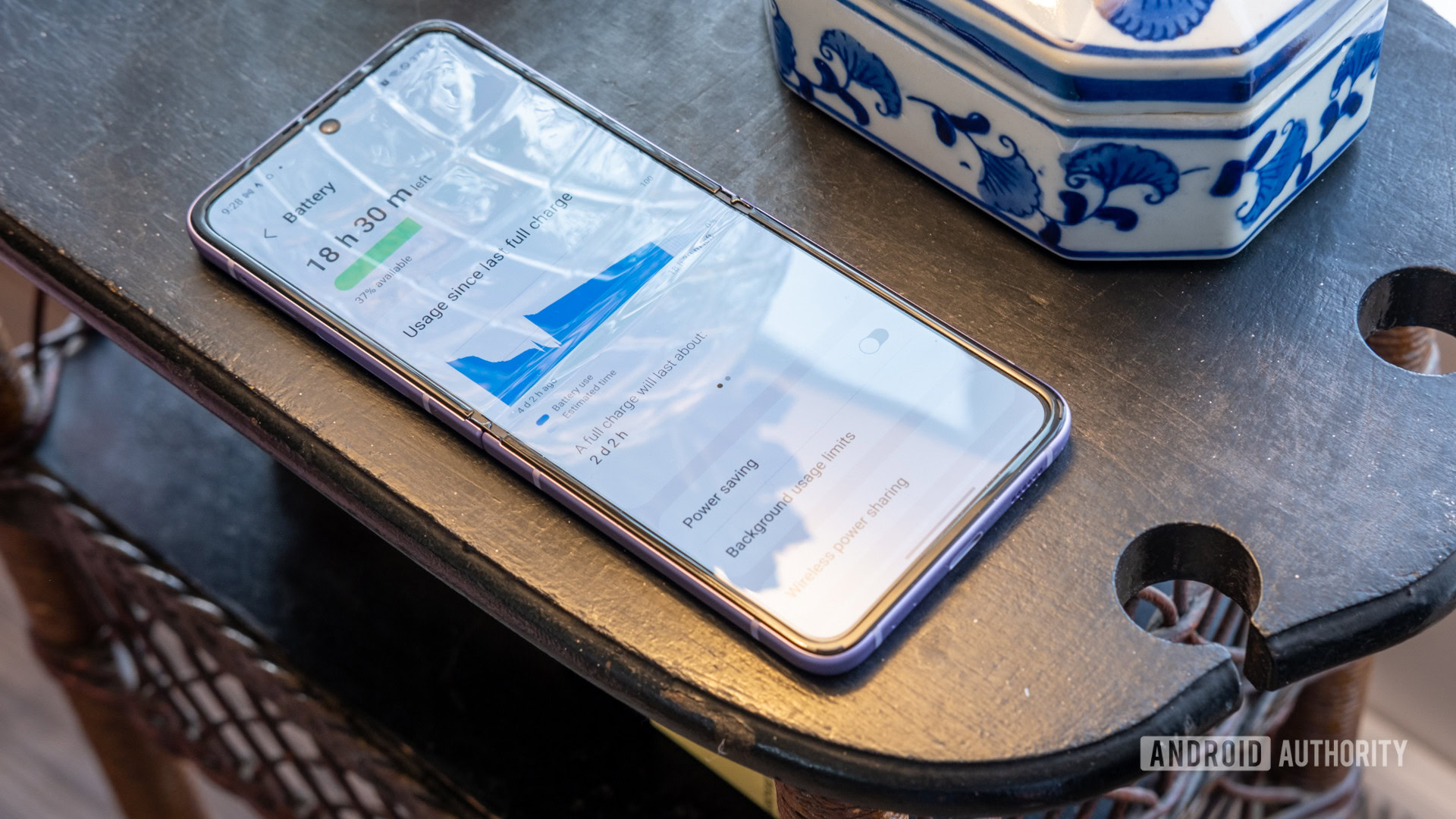
Ryan Haines / Android Potency
Smartphone users — coincidental and enthusiasts alike — are forever searching for longer bombardment life. While fast charging keeps united states topped upwardly every day, the absenteeism of replaceable batteries means eventually, the lithium-ion cells enclosed in our phones are going to age and deteriorate, making information technology harder to maximize battery life.
If you've held onto a phone a couple of years, you've probably noticed the battery doesn't seem to final every bit long equally it did when your handset was make new. Iii years down the line, many phones struggle to make information technology through the day on a single charge. Holding onto a telephone fifty-fifty longer tin even spell trouble for system stability.
Need ideas: Android phones with the all-time battery life
Unfortunately, battery chapters inevitably declines with historic period. However, at that place are things you tin can do to prolong the life of your battery and smartphone. If you've always wondered what the best mode to charge your battery is, here are some scientifically proven tips to maximize battery life.
Partial charging is a healthy habit
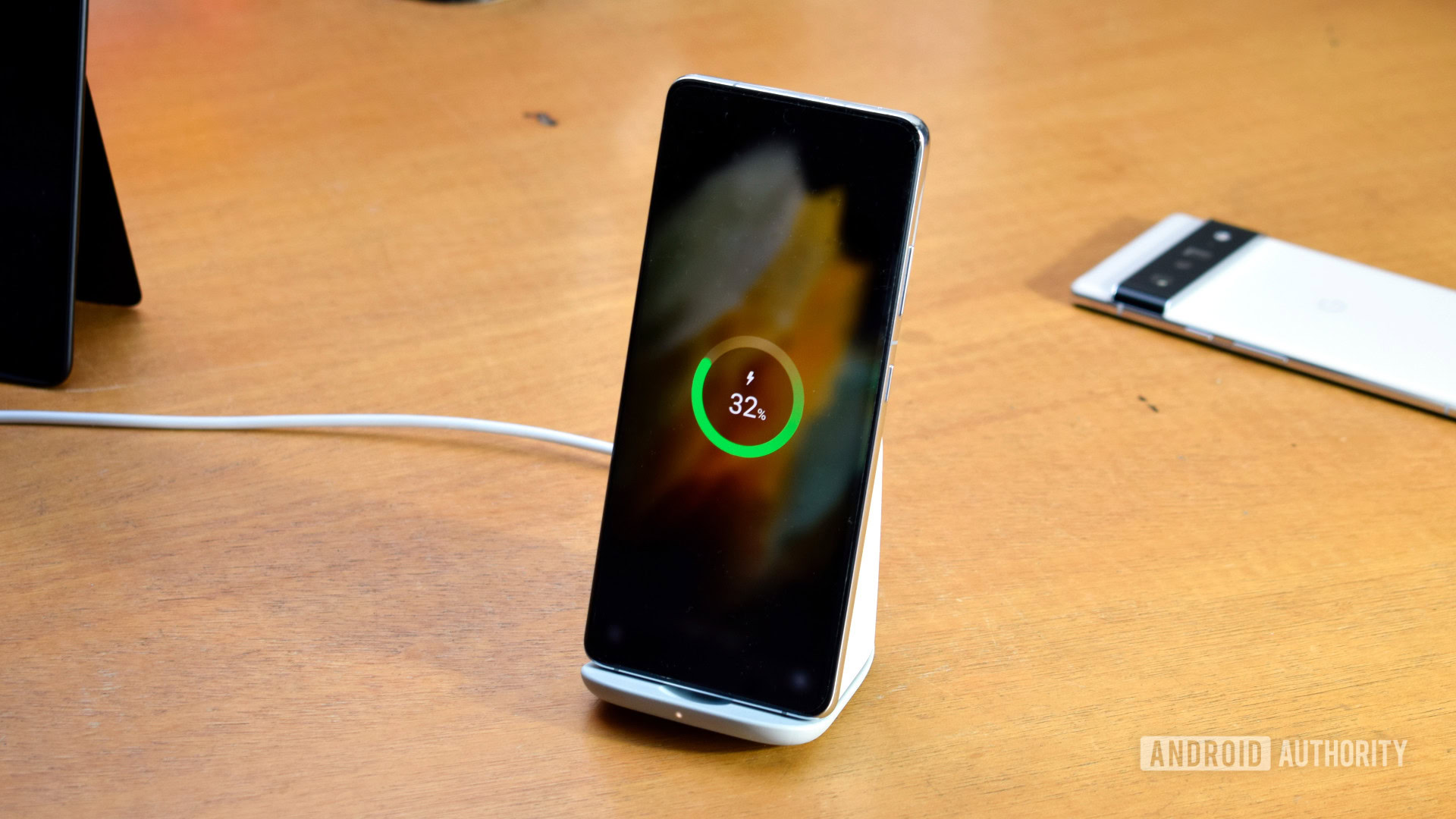
Robert Triggs / Android Authority
One peculiarly persistent battery myth is that you need to occasionally fully discharge and recharge to erase "battery retentiveness." This couldn't exist more wrong for lithium-ion batteries. It's a leftover myth from lead-acid cells, and it'due south pretty undesirable to accuse your modern smartphone in this way.
Come across also: The best battery saver apps for Android
Partial charging is but fine for lithium-ion batteries and can have some positive benefits for cell longevity. To understand why information technology's of import to appreciate how a battery charges. Li-ion batteries draw abiding current and operate at a lower voltage when closer to empty. This voltage gradually increases every bit the jail cell charges upwardly, leveling off at around a 70% charge before the electric current begins to fall until the capacity is full.
Partial charging is just fine for lithium-ion batteries and even has some positive benefits.
Notably, operating at a depression voltage is skilful for a bombardment'due south lifespan, increasing the number of available charging cycles before yous'll start to see a significant reduction in chapters. Roughly speaking, every 0.1V subtract in cell voltage doubles the cycle life, according to Battery University. Therefore, charging upwards your phone in that thirty% to 80% range keeps the voltage lower and might slightly prolong the battery's lifespan.

Lower battery voltages help prolong chapters over time. Light-green: lower voltage charging for first ~65%. Yellow: Starting time of constant voltage. Red: Long period of high voltage charging for last fifteen%.
Smaller but regular top-ups are much meliorate for Li-ion batteries than long total accuse cycles.
Using upwards just twenty% of your bombardment betwixt charges isn't practical, but topping up when you've used almost one-half will see an improvement in your battery life over the long term. Especially if you lot avoid charging up to full each time besides. The bottom line is that smaller, regular top-ups are better for Li-ion batteries than long full charge cycles.
Avoid idle charging

Eric Zeman / Android Authorisation
Charging overnight or in a cradle during the 24-hour interval is a very mutual habit, merely information technology'south not recommended for several reasons (the erstwhile "overcharging" myth isn't ane of them). First, continuous trickle charging of a full bombardment can cause plating of the metallic lithium, which reduces stability in the long term and can, in rare cases, lead to system-wide malfunctions and reboots. Secondly, as we just mentioned higher up, information technology leaves the battery at a higher stress voltage when at 100%. Tertiary, and most important, it creates excess heat acquired by wasted power dissipation.
Some phones disable or irksome downward charging when nearing full capacity. Use these options.
Ideally, a device should stop charging when it reaches 100% battery capacity, only turning the charging circuit back on to top up the battery at present and again — or at the very least reducing the charging current to very small amounts.
While some phones disable charging once full, many go on to pull upward to one-half an amp and sometimes more from the wall outlet. Turning the smartphones off doesn't make a divergence in many cases either. While this isn't a massive corporeality of ability, it's going to stop your telephone from cooling down as quickly and will continue to cycle through a small part of the battery, resulting in a mini-cycle.
A final betoken worth mentioning is parasitic load. This occurs when the bombardment is beingness drained significantly at the same fourth dimension as being charged, such as watching a video or gaming while charging.
Parasitic loads are bad for batteries because they misconstrue the charging cycle and induce mini-cycles — where part of the battery continually cycles and deteriorates faster than the residual of the cell. Worse still, parasitic loads occurring when a device is fully charged as well induce higher voltage stress and estrus on the battery.
Gaming or watching videos while charging is bad because it distort charging cycles.
The best way to avoid parasitic loads is to turn your device off while charging. Just that's not really realistic. Instead, it's best to go on the workload calorie-free while the device is plugged in, leaving it idle nigh of the fourth dimension. Browsing the web is probably fine. Also, remember to unplug it once the battery is topped up enough.
Heat is the enemy of long bombardment life
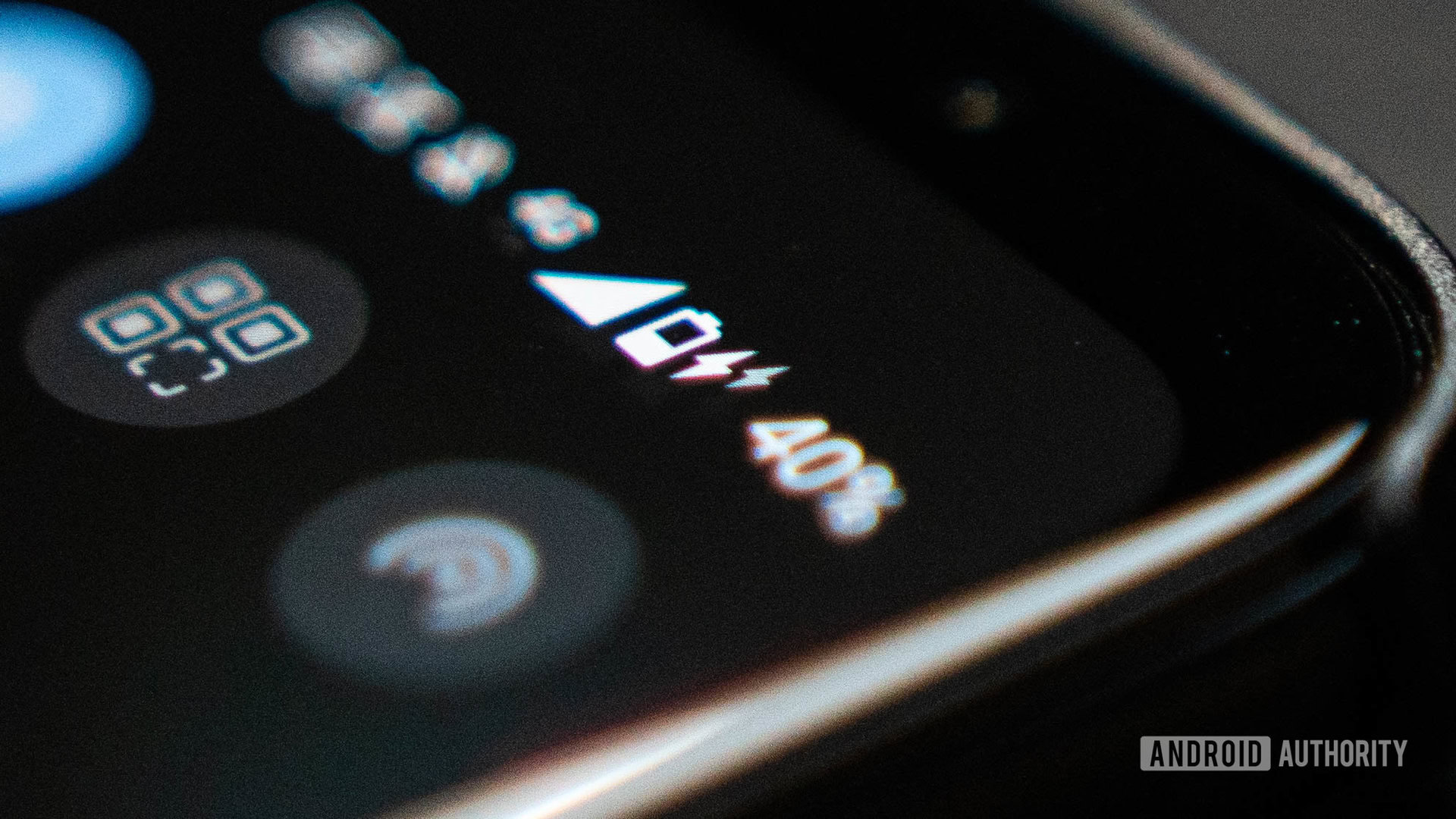
Ryan-Thomas Shaw / Android Dominance
Along with all of the higher up, temperature is an equally fundamental contributor to longevity and maximizing battery life. In fact, it's arguably the biggest killer of long-term battery health. Similar high voltages, high temperatures stress the battery and brand information technology lose capacity far more than speedily than when kept at lower temperatures.
A cell kept between 25 – 40 degrees Celsius (77 – 86 degrees Fahrenheit) should retain effectually 85% to 96% of its chapters afterwards the get-go year with sensible charging cycles. Raising the temperature regularly above 40°C (104°F) and charging to 100% sees this fall to simply 65% capacity later on the first year, and a 60°C (140°F) battery temperature volition striking this marker in equally trivial every bit 3 months.
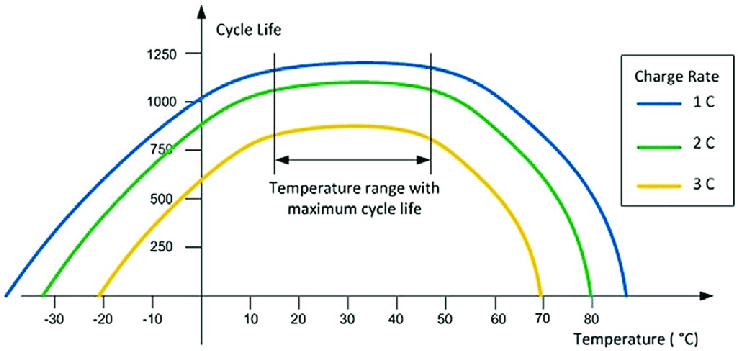
The ideal temperature to maximise battery cycle life is below 40°C
A battery dwelling in a total state-of-accuse exposed to a high temperature is the worst of all worlds and the number 1 thing to avoid when charging your phone. So no leaving your phone under your pillow to charge at night or plugged in on the dashboard of your car on a hot twenty-four hour period.
Read more than: Quick Charge 5 tested – Smarter charging for longer battery life
Fast charging technologies are a contentious effect here, as the higher current and voltages lead to a hotter device. With capabilities exceeding 60W and pushing to 100W even in smartphones, device longevity quickly becomes an issue. Fast charging is fine for a small top-upwardly, but numerous standards we've tested regularly exceed 40°C when charging for more than a few minutes. Every bit you can see in the graph beneath.
Leaving your phone to fast charge upwardly for 5 to 15 minutes won't lead to major overheating issues, merely I certainly don't recommend using them for a full charge. Instead, yous'd be improve off using a temperature-enlightened fast charging solution or switching to a slower charger, especially if you plan to plug your phone in overnight.
How to maximize battery life long-term
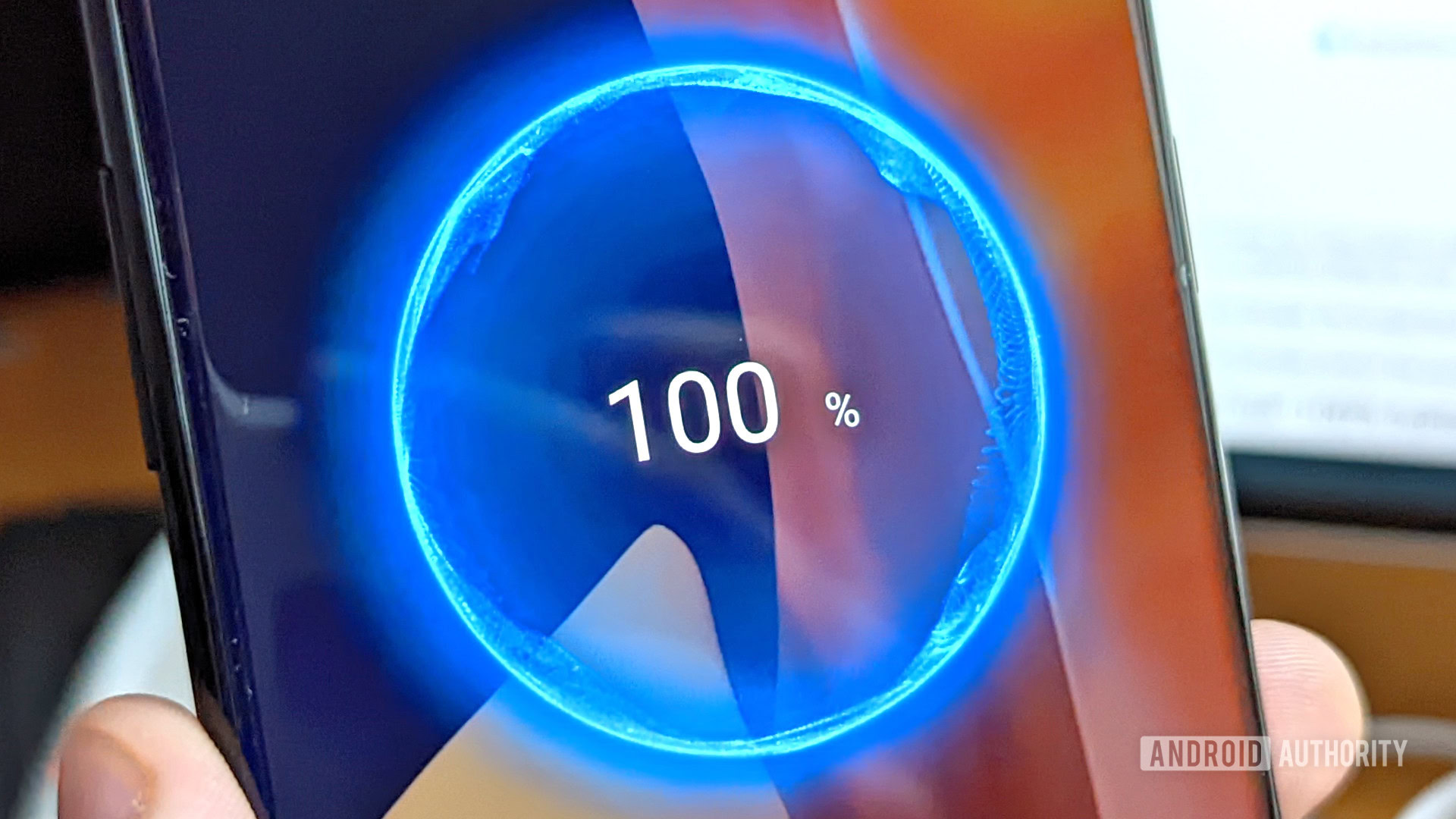
Robert Triggs / Android Dominance
Lithium-ion battery engineering is well understood these days, and smartphones are built effectually our utilise cases, but bad habits and myths nevertheless permeate the public consciousness. While most of these habits won't severely negatively impact your phone'southward battery life in the medium term, the pass up in removable phone batteries ways we should have extra precautions to maximize battery life and thus our smartphone's longevity.
Broadly speaking, smaller regular charge cycles and keeping your phone absurd are the key things to remember. Although I should bespeak out that different telephone batteries will always age slightly differently depending on how we treat them.
Up next: The best portable chargers and power banks
Hither's a TL;DR summary of the battery tips in a higher place:
What's the best mode to charge your smartphone?
- Avoid full cycle (0-100%) and overnight charging. Instead, superlative up your phone more than regularly with partial charges.
- Ending a charge at 80-90% is better for the bombardment than topping up to completely full.
- Use fast charging technologies sparingly and when your device is cool.
- Estrus is the battery killer. Don't cover your telephone when charging, and go on it out of hot places.
- Don't play intensive games, stream videos, or run other intensive workloads while charging to avert heat and mini-cycles.
Source: https://www.androidauthority.com/maximize-battery-life-882395/
0 Response to "How Do You Know When Your Imini Vape Is Fully Charged"
Publicar un comentario